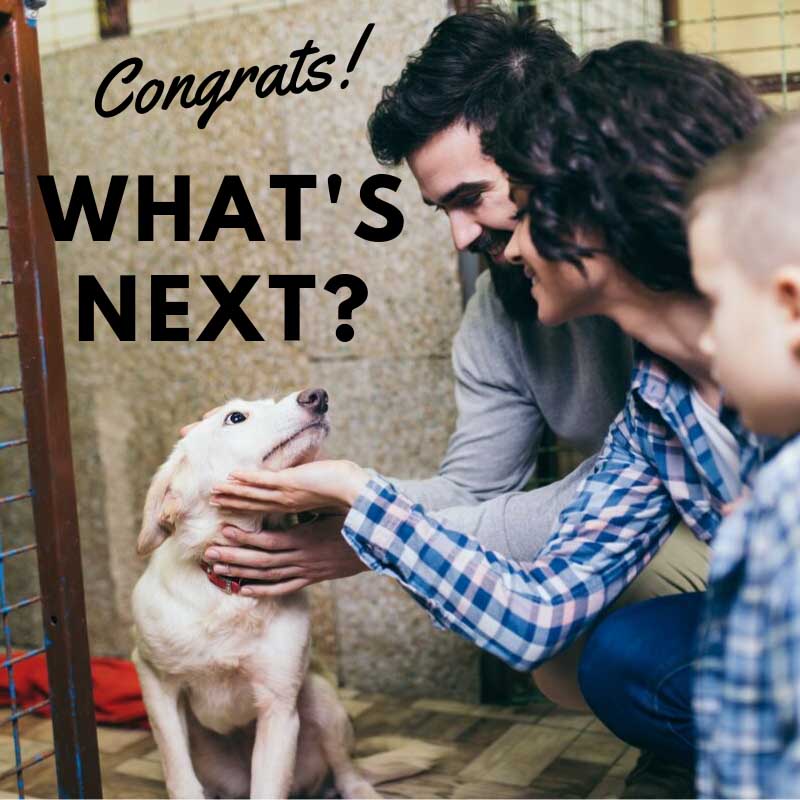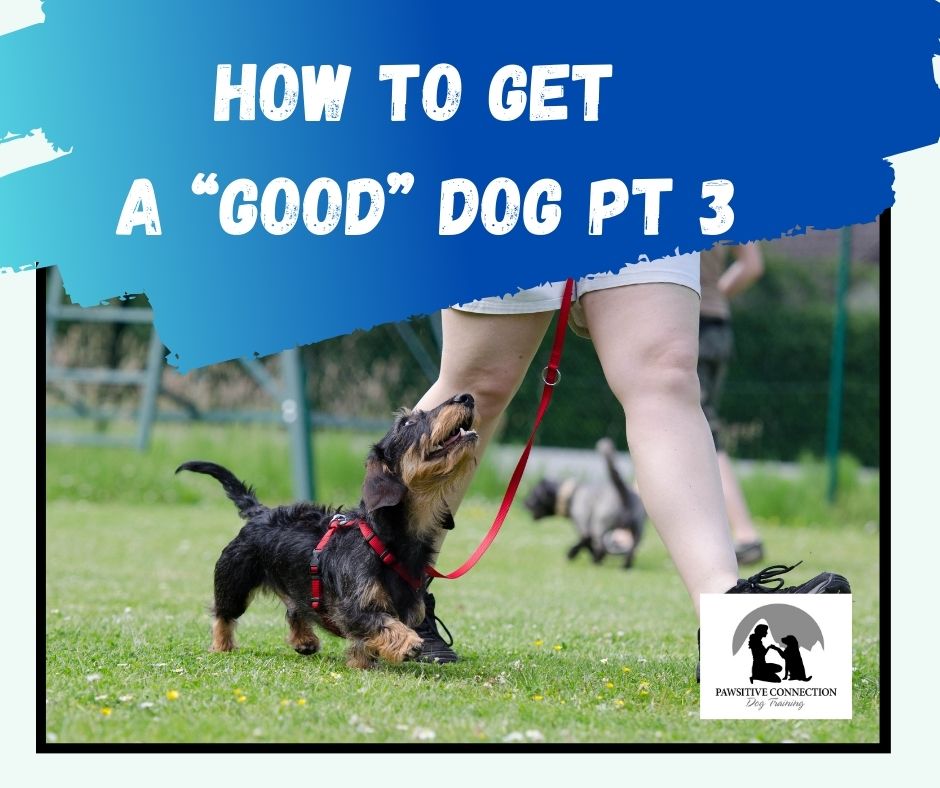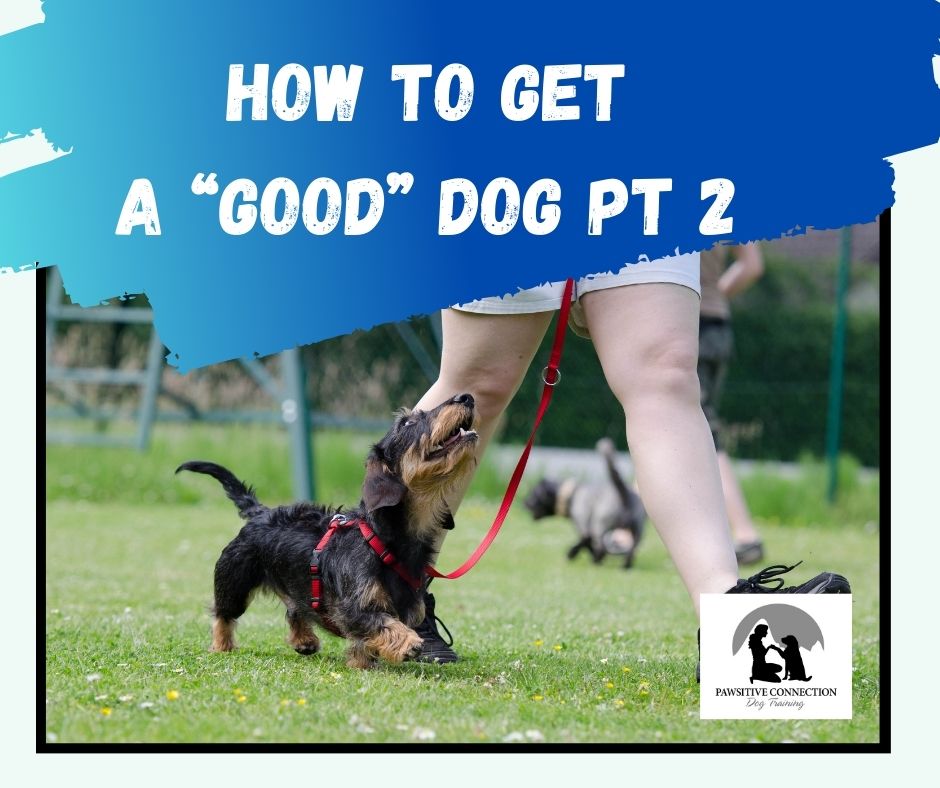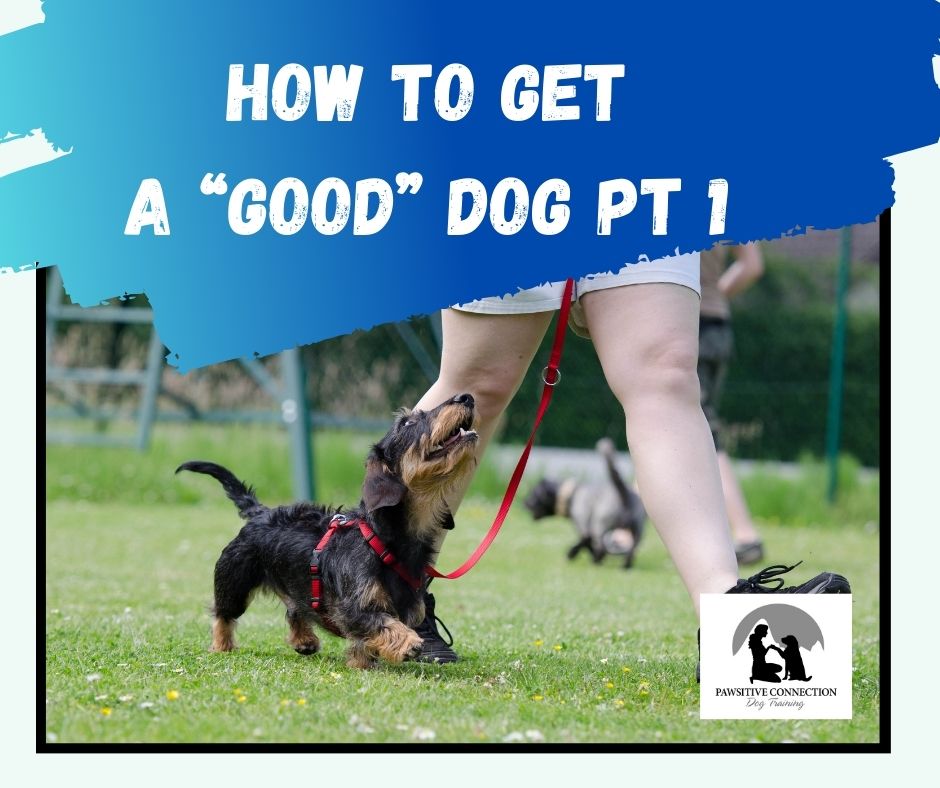Adopting a dog is outstanding! It is like Christmas morning when you go to finally sign papers and bring your baby home. If it is an actual baby, you will be in the headspace to think all things puppy from puppy proofing, closing doors so the puppy can’t pee in every room, provide understanding when the puppy cries in the crate and so on. What happens when you adopt an adult dog? Are you still thinking puppy? Probably not. Most people adopt the pup and bring it home thinking things will be blissful and the pup will integrate into the home simply because you love it to pieces. Once the rose-colored glasses come off you realize your love it not enough. Since this dog is older, it has experienced who knows what in its life. It may have had training; it may have not. It may be crate trained or it may not be. It had a lifetime of experiences you were never a part of and it sees the world in a whole different way. What do we do to ensure this transition can be the best it can be?
#1 Don't Assume Anything
If you do not set expectations for your pup, you will not be disappointed. Think of your newly adopted adult dog as a puppy. If you stay ahead of any problem and train the expected behavior, you will reduce your risk of anything going “wrong”, reduce frustration and disappointment and have increased patience because your dog is a “puppy” after all.
#2 Close Doors
Your new dog has not earned the privilege of being in the whole house unattended. Nope. Nope. Nope. Close doors and put up baby gates. If they prove they are not chew monsters and are potty trained, THEN start opening up the house. It is best to be proactive and close the door to rooms instead of realizing your new pup loves Nike, underwear and the remote the hard way.
#3 Rome Wasn't Built in a Day
Ok, so Rome wasn’t built in 30 days either, but that is how long it takes for your dog to really settle in. Yep, 30 days. Think about it, your dog’s world has been rocked! Your pup may have lived with a family for 3 years and now he is in a new house, with new people, with new smells, with new sounds, with a new routine, with a new and a new and a new. . .you get the picture? Give them a hot second to realize YOU are their human and this is home. Real home, not just home for now. The dog you saw in the shelter may not be the dog you see after 30 days. Behaviors will come out as the weeks unfold and as your dog becomes more and more relaxed. This is very common, and it is up to you to make adjustments accordingly. TEACH them how to live in your world.
#4 Get Treats Ready
It is proven, if a behavior is reinforced, the behavior has a higher likelihood of being repeated. Get treats ready or use kibble to treat your new addition when they go outside to potty. Treat them for coming when called. Treat them for laying nicely while you work on the computer. Treat them for not jumping on guests. TREAT THEM! If you want the behavior, reinforce it! Food is their paycheck. I see you go off to work each and every day. Why? Because you get a paycheck! Why on earth would your dog be any different? Because they love you? Ha! Because they know better? Not likely! Teach and reinforce. You will not only be getting wonderful behaviors from your dog, but you will also be bonding with them. What a wonderful thing.
#5 Just Say “NO”
I am not talking about your dog, I am talking about your friends, family and neighbors. When adding a new dog, your people will be so excited to meet the new addition. Just say “NO!” Your dog’s world has been turned upside down. They are just learning about you and you, them. To reduce anxiety, stress and the chance for a lost dog, tell friends and family to stay away for a week or two. Let your dog unpack and get settled before adding too much social pressure.
#6. Establish a Pattern
Dogs thrive knowing what to expect. This was also very true with the children I used to teach. They are more likely to have reduced stress and anxiety when expectations are taught, and routines are established and followed. Treating your dog when establishing the routine is key. If you would like them to stay out of the kitchen. Train them to do so and reward for good behavior. You will enjoy your new addition so much more knowing you are teaching your dog the expectations rather than setting them up for failure by simply expecting them to know better.
#7 Drag a Leash
While establishing a bond with your dog, it is important they feel safe with you. I recommend having your dog drag a leash around at least the first couple of days. Yes, even in the house. It is far less scary for me to grab a leash six feet away than it is to grab the collar up close and personal. Also, this works well if you have a dog that plays keep away. For instance, a dog who does not want to come inside who might let you get just close enough and then they dash away. To remedy this, if you have a six foot leash, you do not need to get up close enough to grab the collar. Simply step on the end of the leash and you will retain your dog successfully without reinforcing the game of keep away. It will also keep your level of frustration to a minimum. This may not be the most fun thing to do. I get it. However, it has come in handy more times than I can tell you. This technique is ESPECIALLY useful for fearful pups. They certainly do not want you looming over them. The leash makes it so you don’t have to.
This technique is also fantastic to use when integrating your new dog with others you may have. If the introductions go south, it is far better to grab the end of the leash instead of reaching into the squabble to grab the collar. Your hands will be nowhere near a snappy mouth.
A helpful tip I learned is to use two leashes. One leash is clipped on when the dog goes outside. This one can be peed on and drug through the mud. Then when the pup is returning inside, the clean leash is attached.
#8 No Toys Allowed
Clean up all toys. This is especially important if you have other dogs. It is not safe to assume your new dog has no resource guarding issues nor tendencies. To keep the transition safe and easy, put away all toys and chew items. These can be introduced later once the new dog has settled in.
#9 Crate
The crate is not to be used as a punishment, but it can certainly be used as a safe place. I would have my new pup sleep in a crate, eat in a crate and stay in a crate while I am away. This will set my new dog up for success because the crate will provide comfort, insurance that my things will not get chewed while I am away and will also be a safe place for my dog to eat so I can learn if my dog has resource guarding issues around food either from me or other dogs in my house. I also feel strongly about crate training every dog I own whether they need it or not. I want to know my dog can stay with anyone and be crated if needed. My dog will also be crated when they go to the vet office for a procedure and by crate training, my dog will be comfortable waiting for his/her turn. Vet visits are scary enough. I can do my part in helping reduce the anxiety of being left there.
#10 Martingale Collar
Dogs are skillful as slipping their collars off over their heads or slipping out of harnesses. If your dog gets away, they are in a new area being chases by strangers and have no idea where home is. It can be hard to wrangle them. Avoid this problem completely by using a Martingale collar. This collar will only tighten to a certain point if pulled on. The dog can not slip this over their head. If the dog is not pulling, it will hang loose like a regular collar.
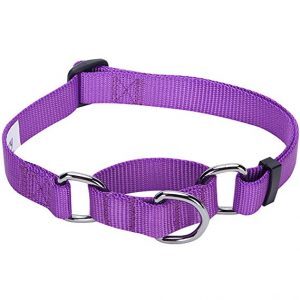
#11 Don't Wait Until It's Too Late
The instant something is bothering you train an alternative, more acceptable behavior. If you don’t know how to do that, don’t brush it off. GET HELP! The longer your dog has the opportunity to practice a behavior, the stronger it will get and the longer it will take to break the habit. DO NOT WAIT! Get professional help from the get-go! I can’t tell you how many phone calls I get about problem behaviors. I ask, “How long has this been going on?”. The answer is always 6+ months. After 6 months, people are at their wits end, fed up! Most often, the dog is returned or pushed outside to be used as a lawn ornament. Please, please, PLEASE, get help! It is a small investment to cure a problem, so you can enjoy your pup for a lifetime.
Try any of these tips even if you are fostering a pup for a rescue. You just can’t go wrong when you stay ahead of any potential problems.
Thank you for reading and please do not hesitate to ask questions.

